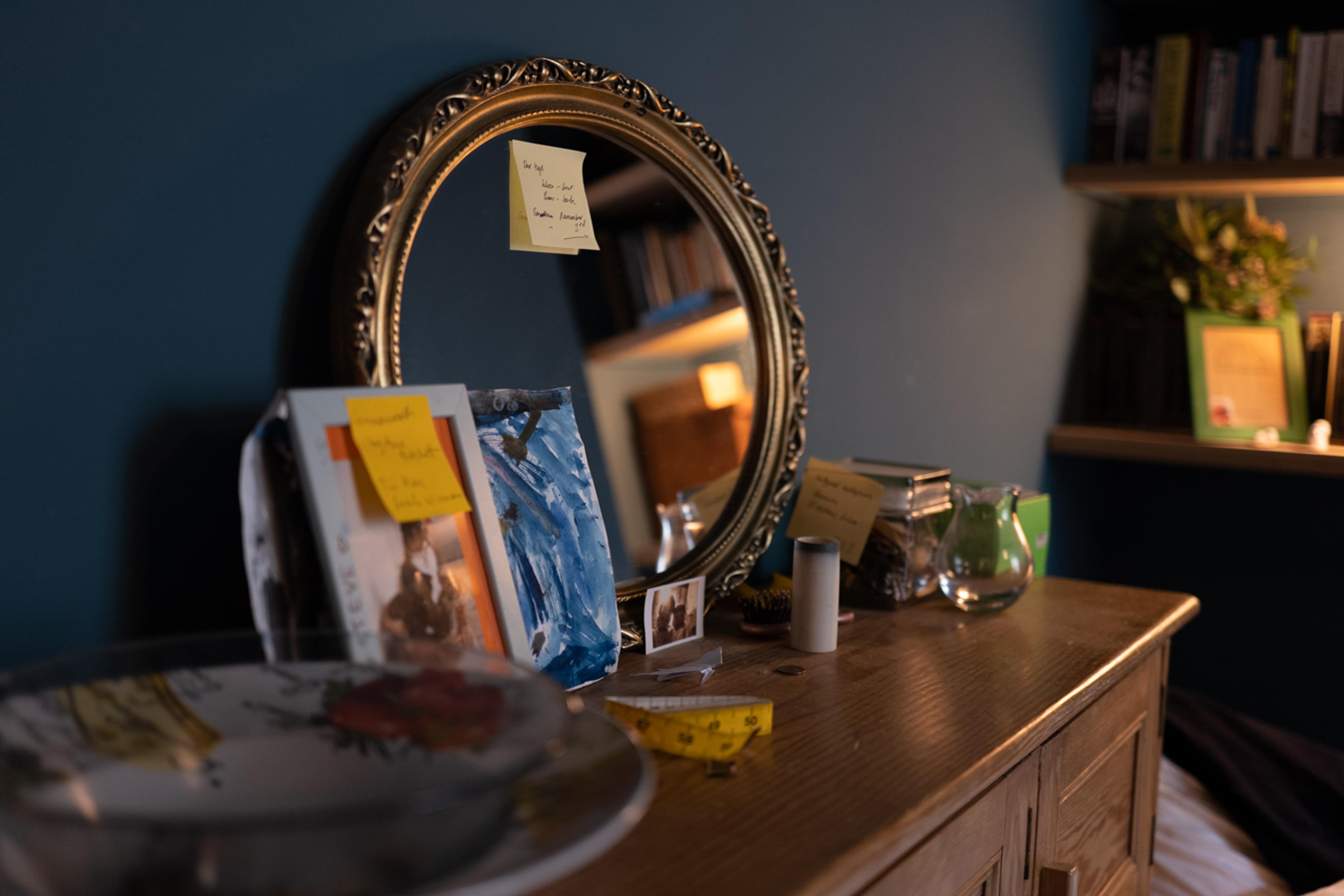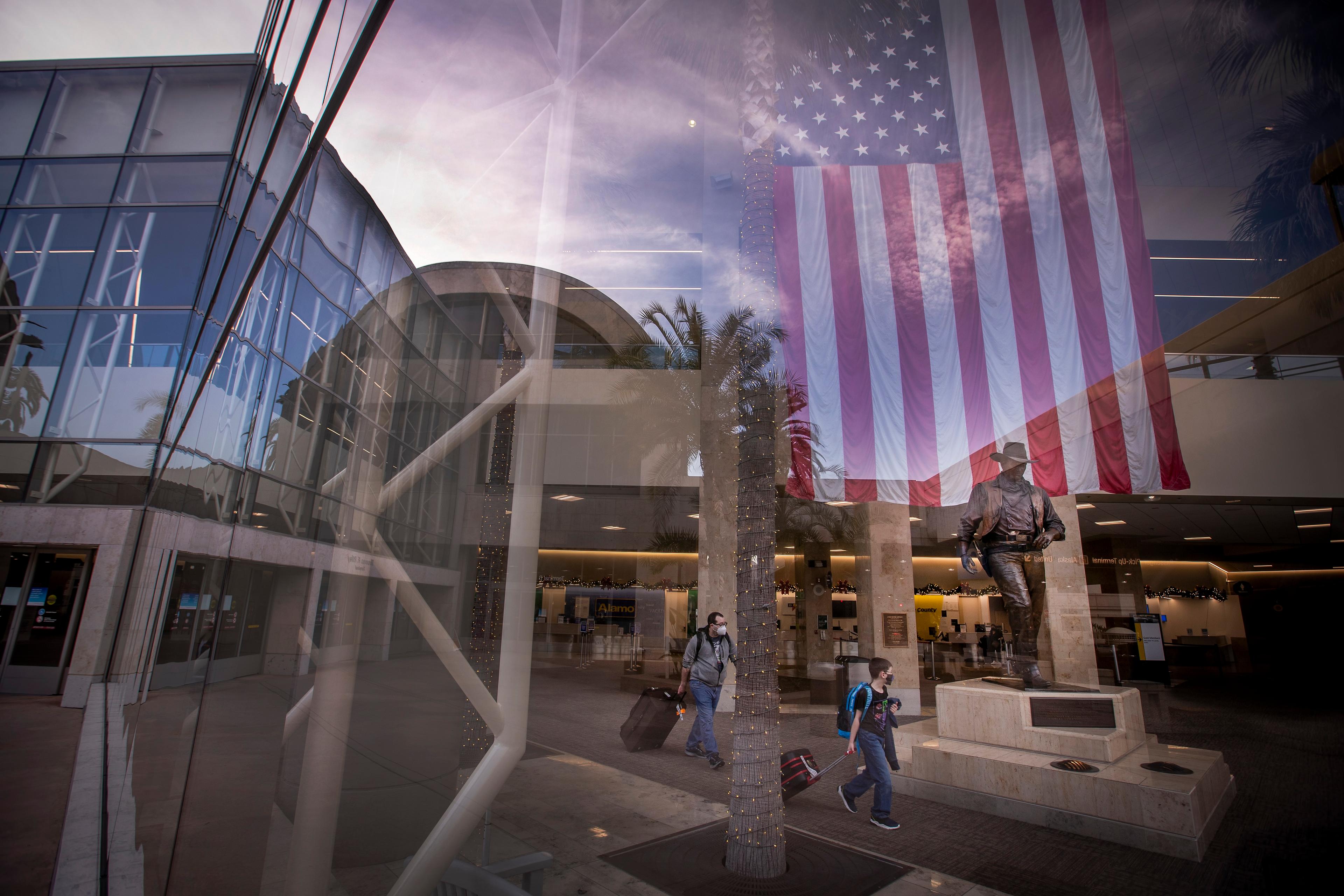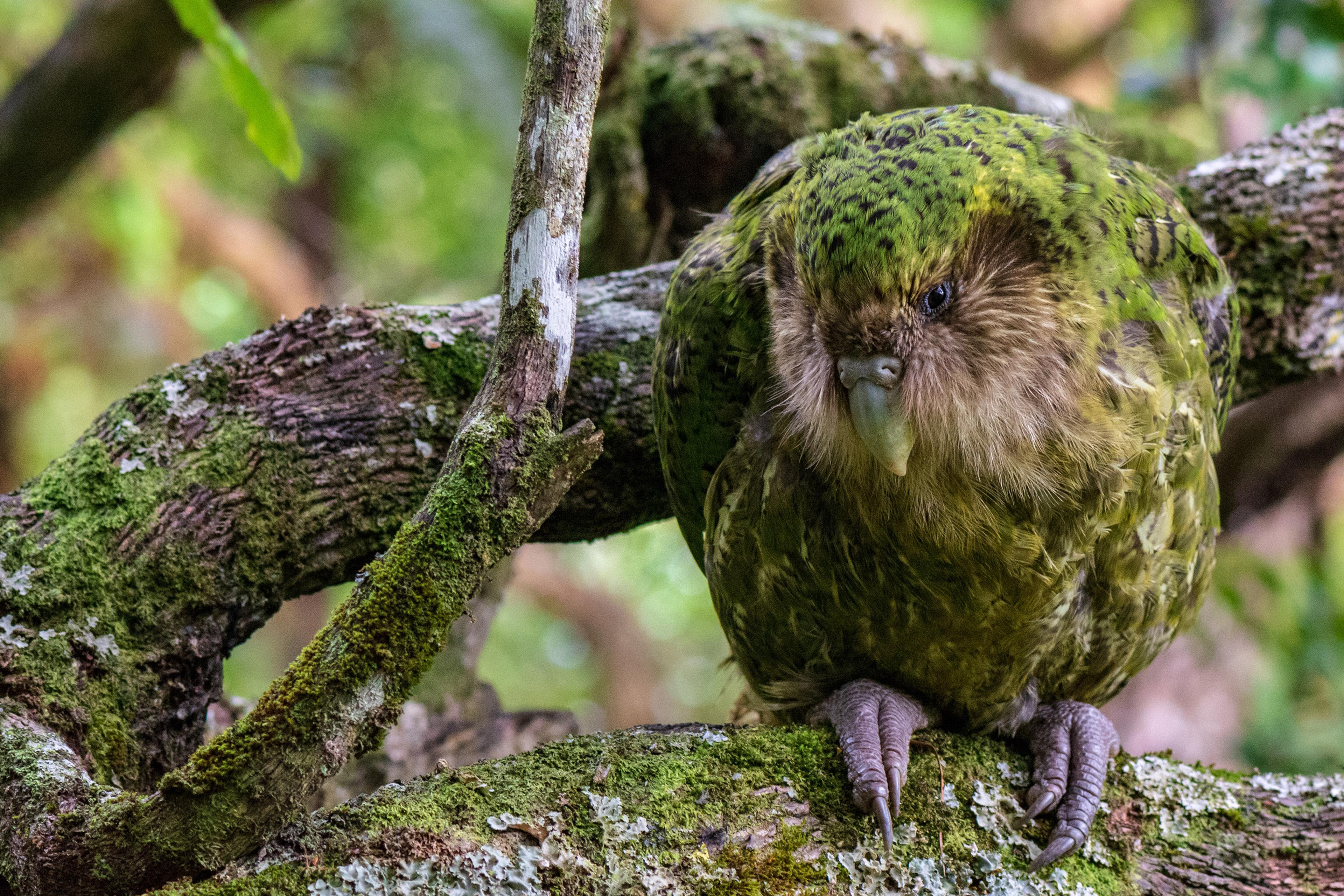Among my first memories is piano music, echoing in a room with no furniture, large windows, a ballet barre and the smell of Marseille soap. I’m swirling around in unison with a large group of girls, all dressed in the same outfit, arms held like crowns overhead. On the final note of the piano tune, we stop in that specific pose, tendu-arabesque. When I hear that music and do those movements, I feel home.
The arts are the sights, sounds, fabrics, tastes and smells of our childhood. As we grow up, we have a landscape, a cityscape, and a sense-scape around us. Many parts of our body have sense receptors: our eyes, ears, nose, the skin on our fingers that touches a familiar shape, our tongue that tastes mum’s best soup. We also have senses that we can’t see from the outside: proprioception, which tells us where our limbs are and what it feels like when we dance; exteroception, which tells us where we are in a room; and interoception, which gives us those fleeting experiences of the body from within. When our senses receive input, this information travels to our brain and, if feelings and emotions get associated with these sensory impressions, it is stored there.
In 2017, I travelled to Iran for a conference and to visit colleagues. It was December and, when I started my journey at London Heathrow, the sight of glittering red and gold Christmas baubles and the smell of cinnamon accompanied me all the way into the plane. But, when I stepped off the plane in Tehran, I was met by roses, pomegranate ornaments and the wonderfully intoxicating smell of narcissus. When my friends picked me up in the arrivals hall, I was greeted with a delighted ‘Happy Yalda!’ This was the sense-scape that my Iranian friends experienced each December, I thought. And that month obviously wasn’t even called December; Yalda is the night between the last day of the month Azar and the first day of Dey.
At a bazaar stand in North Tehran, my friend gave me a fridge magnet. I contemplated the mysterious picture on the front. ‘It is a negargari painting,’ she explained. It was beautiful. But it meant nothing to me. There were many different versions of it in the basket at the stand. And something occurred to me: ‘Do you have calendars and posters of these at home?’ I asked. ‘Yes,’ she answered, ‘they are everywhere. We even have them on cups and plates!’
What motifs were on the fridge magnets, mugs and calendars when you grew up?
For me, it was the ballerinas of Edgar Degas, some Claude Monet paintings, and some gold-plated mosaic kisses by Gustav Klimt.
Woven into our everyday life, together with all the memories of walking into the kitchen to have breakfast when we were little, the smell of birthday cake once a year, and those sad moments too, which each of us have, were the fridge magnets, the calendars and the mugs we also all have. They are now stored in the memory systems of our brain, and are today part of us.
This is what psychologists call ‘associative learning’ – the process by which stimuli in our surroundings get filed in our memory systems with a feeling attached. We feel attached to what or who moved us emotionally in the past, due to the neurochemistry that ‘being moved’ provokes in our brain. You can feel the effect of these associations in your brain each time you try to follow Marie Kondo’s advice about how to tidy up and can’t bring yourself to throw away the fridge magnets, faded after all these years.
There is also the old cinema you passed every day as a child, the majestic house where you had your dance classes, and there are the people who speak, move and gesture like you, dance like you, sing and enjoy the same music as you. You can feel how all these are part of you each time you come back after a long trip and walk the streets of home, and this warm, special feeling engulfs you. We cherish the dances, music, songs, foods and all the other ‘stimuli’ that make home home.
When I moved from Denmark to France for my professional ballet education, my Degas ballerina mug moved with me. My new landlady and I immediately connected over the French Impressionists. A Degas calendar hung in her kitchen. When I moved to the UK for my postdoc, a similar story: my very English landlady was crazy about the French Impressionists – Monet’s paintings garlanded several walls.
Humans are constantly doing something unique in the animal kingdom: using memories of the past to improve the present. We use mental time travel to remember everything from our colleague’s birthday to the sociopolitical contingencies that led to the Second World War. This is, in fact, a very complex cognitive task. There is controversy about whether other species navigate through time, but studies of nonhuman animals from birds to apes suggest a simple version of the skill at best. Such animals remember how to do things, but that is what scientists call implicit memory – a more or less unconscious phenomenon. The ability to recall and act on the knowledge gained by past events for ‘a better today’ than yesterday, on the other hand, is referred to as ‘cumulative culture’ and is said to have evolved during hominin evolution.
We humans do another thing very well: we learn from older generations in complex schooling systems. This is possible only because our species has perfected the capacity to approve and disapprove behaviours, thus optimising the learning process.
We’re getting one beat closer to understanding the quote from George Orwell in that preternaturally futuristic novel, Nineteen Eighty-Four (1948): ‘Who controls the past controls the future: who controls the present controls the past.’
It rings true, but what does it actually mean, practically? Who gets to decide what books are kept and what knowledge – and art – is transmitted to the next generations? What if the motifs of the fridge magnets are not allowed to show Degas’s ballerinas, or they are ridiculed? What if books with stories and testimonies about a specific war or crisis are forbidden?
If you ask young people in Argentina, few of them identify with Argentine tango dancing. ‘Tango is something for grannies!’ one Argentine friend once exclaimed and asked me to turn off this ‘antiquated music’ I was playing. Offended, I switched off my favourite Carlo di Sarli tune.
At the back tables of milongas – Argentine dance events – we find out why. After Argentina’s 1950s military coup, the junta wanted to forbid the tango because of its connection with the socialist movement they sought to suppress – milongas were seen as breeding grounds for socialist idealism. They resorted to various prohibitions: curfews, bans on meetings of more than three people, and bans on underage citizens entering dance halls. However, this last ban was enforced only for the tango venues, not for those that offered rock and roll, swing and other Western dance styles. So young Argentines grew up dancing swing and rock ’n’ roll, becoming part of that pop culture.
Some call this ‘cultural genocide’. The next generations grew up without the immersion into tango that had been so defining for the nation up until the coup. They stopped feeling attached to the music, the gestures and the practice of tango, which had helped define the culture since the beginnings of the country that was to become ‘Argentina’ in the 19th century. The tango became something for old generations, only. The new generations had created different associations in their brain.
In his book Choreographic Politics (2002), the dancer and choreographer Anthony Shay gives a detailed account of how totalitarian states use cultural practices such as dance to create a national identity among people who wouldn’t, per se, feel as one nation. The old Soviet regime used classical ballet as a form of cultural imperialism. In each of its republics, a so-called national ballet was formed in an attempt to create one culture. The genuine folk dances of the people were suppressed or ridiculed. Generations passed, and fewer young people in the Soviet republics identified with those genuine traditional dances. In Levan Akin’s movie And Then We Danced (2019), about the fictitious Georgian National Ensemble, this topic is woven into the story of a young aspiring dancer. An old Soviet-style dance master rants at him for using specific moves: ‘We changed that 50 years ago. There is no room for weakness in Georgian dance.’ A culture can be annihilated by imposing a different sense-scape, arts-scape and cultural tradition.
‘[W]ar is about killing cultures, identities and memories as much as it is about killing people and occupying territory,’ writes Simon Jenkins from The Sunday Times of Robert Bevan’s book The Destruction of Memory: Architecture at War (2006). When ISIS tore down the statues of Palmyra in 2015, we all cried with the Syrians about the loss of millennia of art and binding elements of their culture, and human rights groups told the BBC: ‘the destruction of cultural heritage not only harms buildings but tears through the social, cultural and historical fabric of communities.’
The United Nations Educational, Scientific and Cultural Organization (UNESCO) seeks to protect the intangible heritage that serves as markers of a community. When those markers are gone, the associative learning mechanisms can’t do their magic in our brains – we’re not being moved as we should be. War on art is war on human psychological systems.
Someone can control the future by deciding what associations are shaped in the brains of new generations. What we grow up with determines the moves, gestures, textures, tastes, spaces, sights, smells, sounds – and thoughts – that we call home.








